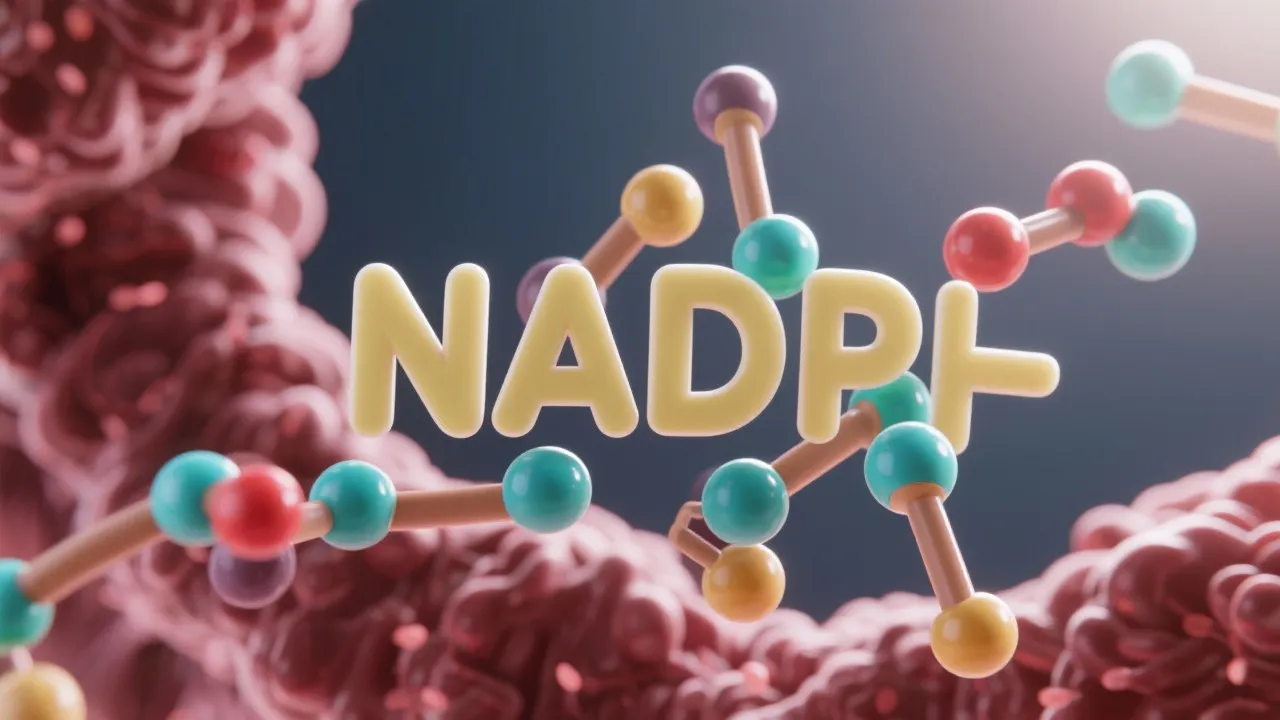Understanding HBV RT: A Comprehensive Insight
This article offers an in-depth analysis of Hepatitis B Virus Reverse Transcriptase (HBV RT), focusing on its role in the virus's replication cycle and potential targets for antiviral therapies. HBV RT is a critical enzyme in HBV, facilitating the conversion of RNA into DNA, which is crucial for viral replication. This understanding aids in the development of effective treatments against Hepatitis B, a global health concern affecting millions.

Introduction to Hepatitis B Virus and Reverse Transcriptase
The Hepatitis B virus (HBV) remains a pervasive challenge worldwide, impacting millions of individuals and posing serious implications for liver health. It was first discovered in the 1960s and has since been a significant public health concern, particularly in certain endemic areas. Central to the virus's replication and pathogenicity is an enzyme known as Reverse Transcriptase (RT). HBV RT plays a pivotal role in converting the viral RNA into DNA, allowing the virus to effectively replicate and persist within host cells. Understanding the mechanisms behind HBV RT not only illuminates the virus’s lifecycle but also offers critical insights into the development of antiviral therapies aimed at curbing this global health issue. With an estimated 250 million people living with chronic HBV infection, the burden on healthcare systems and the potential for complications, including liver cirrhosis and hepatocellular carcinoma, underscore the urgency of research targeting this virus.
The Role of HBV RT in Viral Replication
HBV RT is integral to the virus's lifecycle, facilitating the synthesis of negative-sense DNA from an RNA template. This process is essential because it marks the transition from replication of HBV genetic material to its integration within the host’s cellular machinery. The RT enzyme operates in a unique fashion compared to other reverse transcriptases, particularly because HBV’s genomic structure is partially double-stranded. Without the function of RT, HBV cannot perpetuate its replication cycle, making RT a prime target for therapeutic interventions. By inhibiting this enzyme, scientists aim to disrupt the viral life cycle, thereby reducing viral load and transmission.
The replication cycle of HBV begins when the virus binds to and enters hepatocytes, the primary cells of the liver. Subsequent to entry, the viral envelope is removed, releasing the nucleocapsid containing the viral DNA and RT into the cytoplasm. Inside the host cell, RT synthesizes complementary DNA (cDNA) from the RNA template, a crucial step for producing new viral genomes. Moreover, HBV RT is known for its error-prone nature, leading to mutations that may contribute to the virus's ability to evade immune responses and the development of drug resistance. This highlights the importance of studying how different factors, including host immune responses and environmental influences, can impact the functioning of RT and the lifecycle of HBV. Understanding these dynamics is vital for designing effective antiviral strategies.
Antiviral Therapies Targeting HBV RT
With the crucial role of RT in HBV replication, considerable research has been devoted to developing drugs that can inhibit this enzyme. Antiviral therapies primarily target the replication process of the virus, dramatically changing the prognosis for individuals with chronic HBV infection. The most effective antivirals act by integrating into the viral DNA chain, causing premature termination, or by directly inhibiting the function of the RT enzyme. As researchers delve deeper into the complexities of HBV's molecular biology, they have identified several key antiviral agents that have become the cornerstone of treatment for HBV-infected patients. Common drugs in this category include:
- Lamivudine: an older nucleoside analog that inhibits RT by competing with natural substrates.
- Tenofovir: a nucleotide analog that exhibits a favorable resistance profile and effective viral suppression.
- Entecavir: a potent RT inhibitor that is particularly effective against lamivudine-resistant strains.
Each of these drugs has been shown to effectively reduce viral replication and is commonly prescribed to patients with chronic HBV infection. The choice of antiviral treatment often depends on factors such as the patient's liver function, history of treatment, and the presence of resistance mutations. Clinical guidelines recommend regular monitoring of liver function and viral load to assess the efficacy of therapy and make necessary adjustments.
Challenges in HBV Treatment and Resistance
Despite significant advancements, challenges remain in HBV treatment, primarily due to the emergence of drug-resistant strains. Resistance arises from mutations in the RT enzyme, diminishing the efficacy of standard treatments. This resistance can severely limit the options available for managing chronic HBV, necessitating a deeper understanding of the molecular basis of these mutations. As patients often require long-term treatment, the issue of viral resistance presents a major obstacle that researchers continue to address.
The mutations in the HBV RT gene can occur during treatment due to the selective pressure imposed by antiviral agents. For instance, lamivudine was associated with a high rate of resistance, with studies indicating that up to 80% of patients may develop resistance within five years of treatment. In contrast, tenofovir and entecavir have a lower likelihood of resistance, making them preferred choices in clinical practice. However, as with all viral infections, the potential for future resistance remains a concern, emphasizing the importance of new drug development and combined therapeutic strategies to manage resistant strains.
Future Directions in HBV Research
Looking forward, the focus of HBV research is shifting towards a cure, which necessitates comprehensive strategies that entail not only the inhibition of viral replication but also immunological clearance of HBV. Current research endeavors are exploring various innovative approaches to achieve this goal. Novel strategies under investigation include:
- Gene Editing Technologies: CRISPR-Cas9 is at the forefront of gene-editing technology, offering potential pathways to disrupt HBV DNA within infected cells. This approach could eradicate the virus by targeting and cleaving HBV DNA, preventing its replication and restoring the normal function of hepatocytes.
- Therapeutic Vaccines: The development of therapeutic vaccines aims to enhance the immune response against HBV. Such vaccines are designed to stimulate the host's immune system to better recognize and eliminate HBV-infected cells, which could lead to a functional cure.
- Combination Therapies: Researchers are examining the efficacy of combining antiviral drugs with immune modulators to enhance the body’s immune response while simultaneously suppressing the virus. This synergistic approach aims to lower the viral load while preparing the immune system to control and potentially eradicate the HBV effectively.
These strategies aim to provide a more comprehensive approach to treating and potentially curing HBV infection. Each of these avenues reflects the scientific community's commitment to finding novel solutions to eliminate the HBV threat, thereby improving outcomes for millions affected by chronic infection.
| Antiviral Drug | Mechanism of Action | Resistance Potential |
|---|---|---|
| Lamivudine | Inhibits HBV RT by integrating into viral DNA | High potential for resistance |
| Tenofovir | Inhibits HBV RT and blocks viral DNA synthesis | Low potential for resistance |
| Entecavir | Inhibits both priming and synthesis steps in replication | Moderate potential for resistance |
FAQs about HBV and Reverse Transcriptase
- What is HBV RT? HBV RT is an enzyme integral to the replication of the Hepatitis B virus, converting RNA into DNA within the host cell.
- Why is RT a target for antiviral drugs? Inhibiting RT effectively disrupts HBV replication, thereby reducing the virus's ability to reproduce and spread.
- What are the side effects of RT inhibitors? Side effects may include renal dysfunction, bone density loss, and lactic acidosis among others, which vary depending on the specific medication.
- How is the effectiveness of HBV treatments monitored? The effectiveness of HBV treatments is typically monitored through regular blood tests measuring liver enzymes and viral load. Sustained suppression of HBV DNA levels is a key indicator of successful treatment.
- What is the significance of a functional cure for HBV? A functional cure refers to the control of HBV infection without the need for continuous antiviral therapy. Achieving this would prevent the complications associated with chronic HBV, including liver failure and cancer.
Conclusion
The Hepatitis B virus, with its complex lifecycle and capacity for persistence in the human body, continues to present significant challenges in the field of infectious diseases. The role of Reverse Transcriptase in HBV replication underscores the enzyme's importance not only in the virus's life cycle but also in guiding therapeutic strategies to combat the infection. While current antiviral therapies have greatly improved the management of chronic HBV infections, the emergence of resistance emphasizes the need for continual research and innovation in treatment approaches.
Future directions in HBV research are encouraging, with novel therapeutic options on the horizon that could revolutionize our approach to curing this resilient virus. As understanding of the virus broadens and new technologies develop, there is hope for a future devoid of the burden of Hepatitis B – a goal that researchers, clinicians, and public health advocates strive for globally. The journey toward eradicating HBV will require collaboration across many disciplines, a commitment to patient education, and ongoing investment in research to ensure beneficial outcomes for present and future generations affected by this disease.





